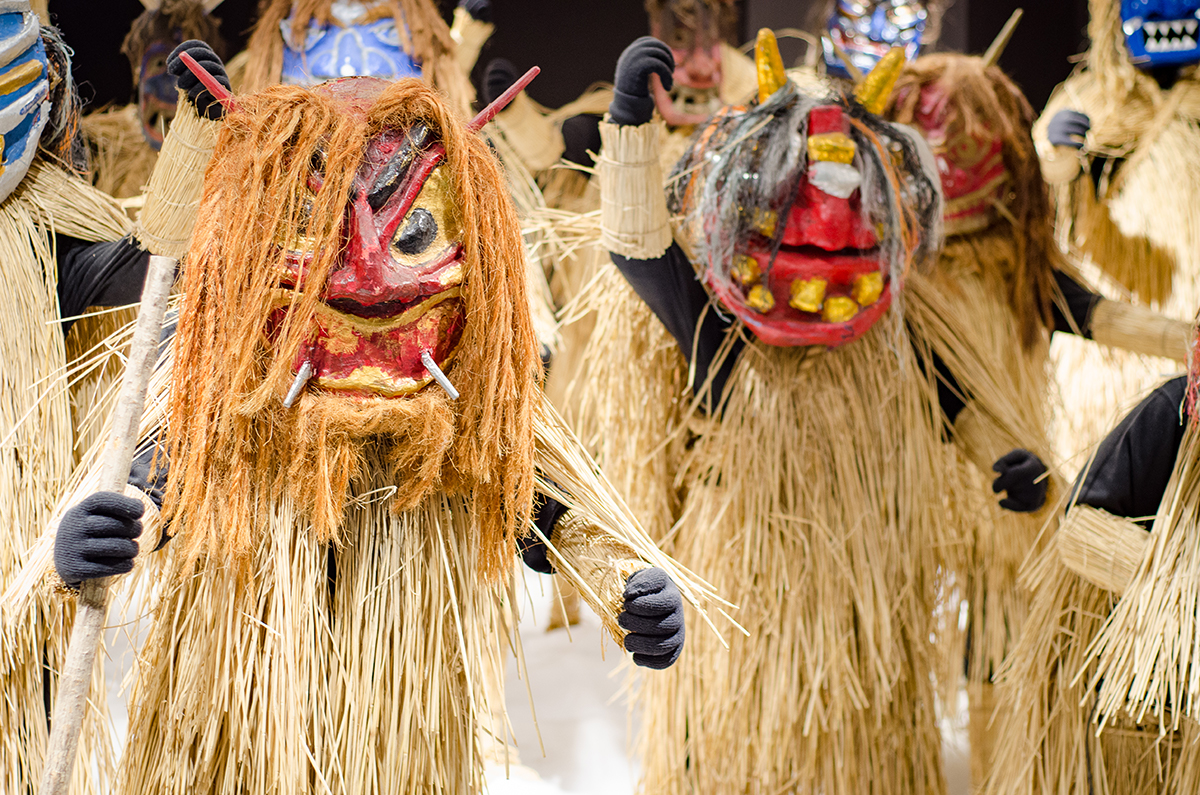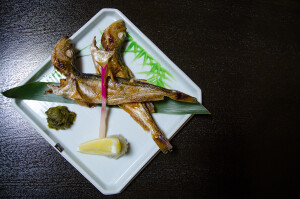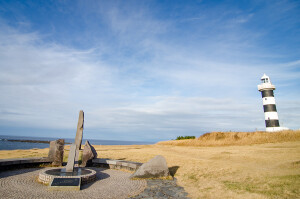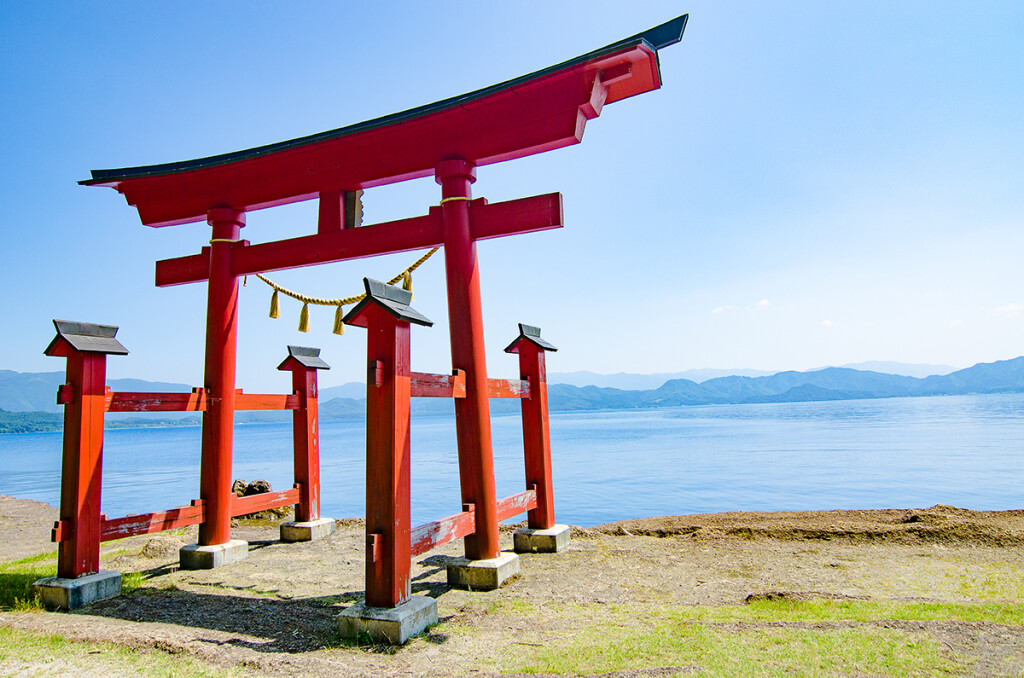As a foreigner living in Japan, long have I had to watch in envy as friends visiting from abroad thoroughly enjoyed zipping around the country on the all-you-can-ride JR Rail Pass. For just under ¥30,000 they would spend the week traveling the length of the country while I sadly followed on social media from the confines of my apartment. My fellow resident aliens surely can relate to the disappointment of being left out.
Finally, in a move to stimulate the battered economy, in the fall of 2020 JR welcomed us to the club, albeit temporarily. From mid-October through February of 2021 foreign residents were offered the JR EAST Welcome Rail Pass. At ¥12,000, the 3-day pass was such a deal that you could realistically take two mini vacations for the price of one. Prior to the current predicament we find ourselves in now with the pandemic, I decided to take advantage of it, embarking on a late-fall trip to Akita–normally about ¥37,000 round trip from my home in Yokohama!

Most associate Akita with the Namahage–folklore demons that roam the Oga Peninsula around New Year’s Eve terrorizing children who have been lazy or have misbehaved. A visit to Oga City’s Namahage Museum allows you to participate in a spirited live performance of the traditional event, as well as see view videos depicting it and the varied costumes of each locale. The young men of the town that dress the part really seem to take their performances to heart, stomping and growling with intensity. The reenactment gives you an idea of the terror the local youth must experience, leaving you with the impression that they must truly dread the coming of the year’s end.
When the Namahage visit local residences, they demand to be served sake–another of Akita’s main draws. The prefecture is near the top nationally in per capita sake consumption, consistently ranking second to Japan Sea cousin, Niigata. Conveniently, you don’t even have to leave Akita Station to begin your sake adventure. Sake tasting bar Akita Kurasu is just a few minutes beyond the ticket gate in the station’s Topico shopping plaza. It has a variety of flights and staff recommendations at prices that won’t put a big hole in your wallet.
As a serious sake fan, I dedicated the better part of a day to Japan’s national beverage. I made pilgrimages to Kodama Brewery (Taiheizan/Tenko) as well as Saiya Brewery, makers of one of the country’s most well-known brands, Yuki no Bosha. Both have onsite shops providing tasting and are located relatively close to JR stations. Kodama, which also produces miso and soy sauce, offers tours of its campus in English (reservation required). Attached to Saiya’s store is a cafe in case you need to refuel during your imbibing.
 If you are looking for nightlife, locals in Akita City will direct you to the Kawabata entertainment district, which offers a wide range of restaurant and bar choices. Locals will also insist you try one of Akita’s soul foods, kiritanpo (toasted tubes of mashed rice). I went all in for a multi-course meal at Ryotei Hamanoya, a neighborhood landmark since 1918. This expansive, traditional-style restaurant, specializes in Akita kaiseki cuisine. Along with kiritanpo nabe (hot pot), my meal featured hatahata (an winter seasonal fish ripe with its own eggs), Inaniwa udon (a silky, thin version of the noodle), iburigakko (smoked daikon pickles), sashimi from the Japan Sea, and seared Akita beef. The food just keeps coming so be sure to bring friends for assistance.
If you are looking for nightlife, locals in Akita City will direct you to the Kawabata entertainment district, which offers a wide range of restaurant and bar choices. Locals will also insist you try one of Akita’s soul foods, kiritanpo (toasted tubes of mashed rice). I went all in for a multi-course meal at Ryotei Hamanoya, a neighborhood landmark since 1918. This expansive, traditional-style restaurant, specializes in Akita kaiseki cuisine. Along with kiritanpo nabe (hot pot), my meal featured hatahata (an winter seasonal fish ripe with its own eggs), Inaniwa udon (a silky, thin version of the noodle), iburigakko (smoked daikon pickles), sashimi from the Japan Sea, and seared Akita beef. The food just keeps coming so be sure to bring friends for assistance.
If you prefer beer over sake, stop by the Aqula Brauhaus, a craft beer brewpub with adjoining restaurants, Bier-Kaffee Aqula and Restaurant Platz. The former overlooks the brewing deck, so you might catch the brewmaster at work if your timing is good. Meat dishes make up a good portion of the menu.
When you require a break from all the eating and drinking, Senshu Park is a fine spot for some calorie-burning activity. The park was originally the site of a castle and some remnants of that era remain. It’s only about ten minutes from Akita Station, making it easily accessible from downtown lodging for a nice morning jog or stroll. If you happen to be in town for the summer months, the old castle moat is awash with blooming lotus.
 Speaking of summer, Akita offers some spectacular hiking in Towada-Hachimantai National Park and Chokai Quasi-National Park. I also recommend biking around Lake Tazawa and sampling some of its fabulous hot springs. During the first week of August, Akita City becomes a hive of activity during its nationally famous Kanto Matsuri, in which participants march the streets carrying towering poles adorned with a multitude of lanterns.
Speaking of summer, Akita offers some spectacular hiking in Towada-Hachimantai National Park and Chokai Quasi-National Park. I also recommend biking around Lake Tazawa and sampling some of its fabulous hot springs. During the first week of August, Akita City becomes a hive of activity during its nationally famous Kanto Matsuri, in which participants march the streets carrying towering poles adorned with a multitude of lanterns.
What’s all this talk of summer? Sales of the pass are currently set to end this month, you say. Alas, that is currently the sad truth. I believe I speak for all foreigners living in Japan when I implore JR to bring this wonderful opportunity back for another round. Onegaishimasu!


